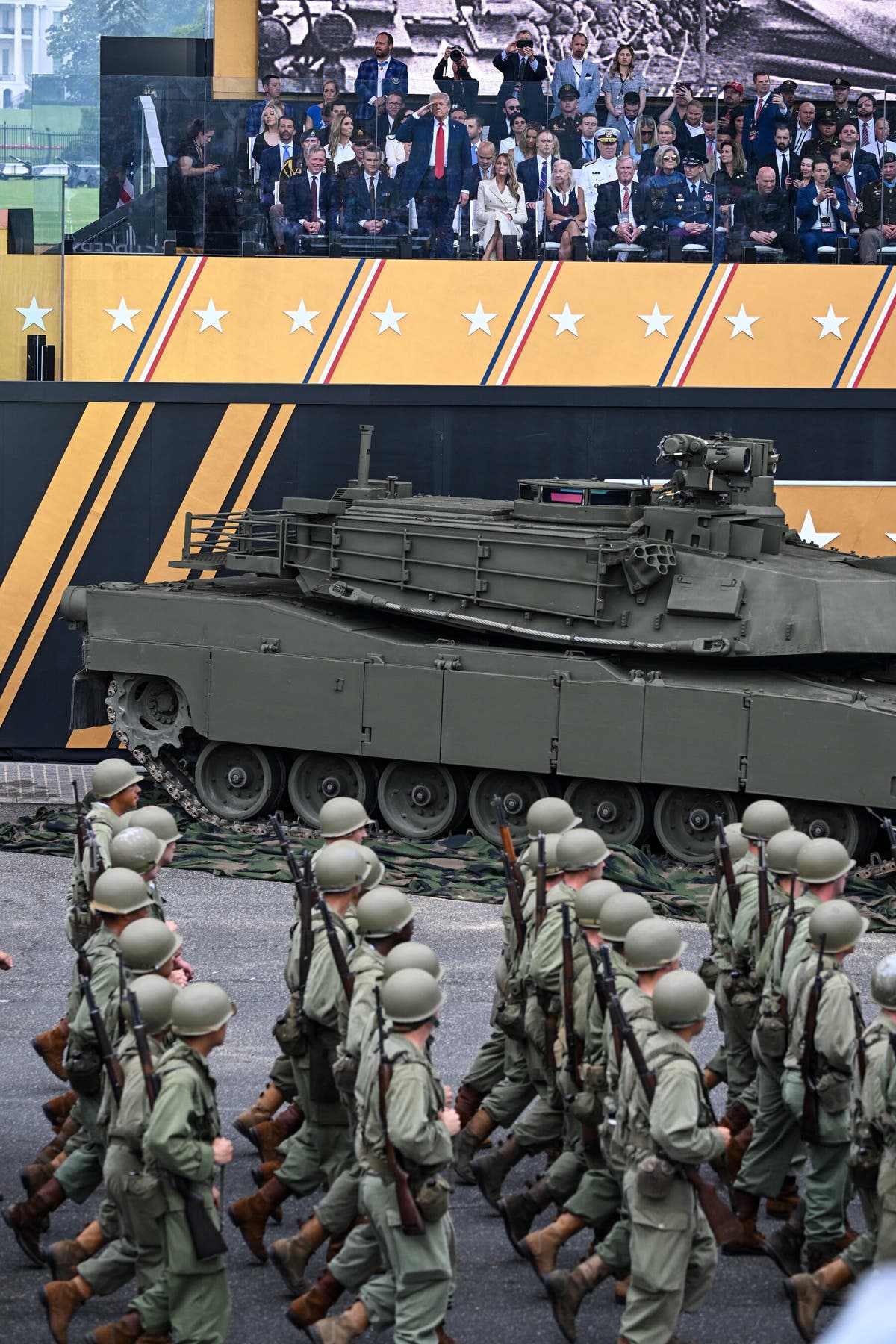By Helene Cooper
I am a Pentagon correspondent for The Times
This week, President Trump told hundreds of top U.S. military commanders where they should set their sights.
Not Ukraine. Not Taiwan. Not Poland, Romania, Estonia or Denmark — the NATO allies whose airspaces have recently been violated by Russian drones.
The president instead chose San Francisco, Chicago, New York and Los Angeles, saying “we should use some of these dangerous cities as training grounds for our military.”
He has referred to those cities — all led by Democrats and populated by people who mostly voted for his opponents — as crime-filled urban hellscapes.
“We’re going to straighten that out one by one, and this is going to be a major part for some of the people in this room,” Trump told the generals and admirals he had summoned from their posts around the world. “It’s a war from within.”
In that moment, the president tapped into a fear that resonates in many places around the world: A country’s army can be turned against the people it is supposed to protect.
Safeguards against tyranny
America’s founders were deeply concerned that their government could use a standing army to suppress dissent and establish tyranny. They tried to create safeguards against that scenario.
In the decades and centuries since, the use of the military within U.S. borders has had a complicated history, often related to race. One key measure limiting the military’s ability to operate within the U.S. was passed after the Civil War to placate white supremacists in the South, who didn’t want federal troops to block racially discriminatory state and local laws.
And in the 1950s and ’60s, the U.S. military and National Guard troops were sent to Southern states to enforce federal laws against racial discrimination, during periods of intense civil unrest. (I explore some of the fascinating U.S. history in depth here.)
By contrast, Trump is ordering National Guard troops to cities that are not experiencing widespread civil disturbances, said Peter Feaver, a political science professor at Duke University who has studied the military for decades.
“Since there is not the generalized breakdown in civil order, or a global crisis, that makes a nonpartisan case harder to make, and we’re left with the partisan interpretation,” he said.
‘Crush every threat’
At the gathering on Tuesday, Trump looked into the crowd of military commanders and spoke about his own vision for how the U.S. military should be used.
“With leaders like we have right here in this beautiful room today, we will vanquish every danger and crush every threat to our freedom,” he said.
Trump’s comments were greeted by expressionless faces. Senior military leaders had warned the officers not to react or cheer, in keeping with rules that require the military to stay neutral in politics.
🇺🇸 American soldiers in American cities

Leave a Reply